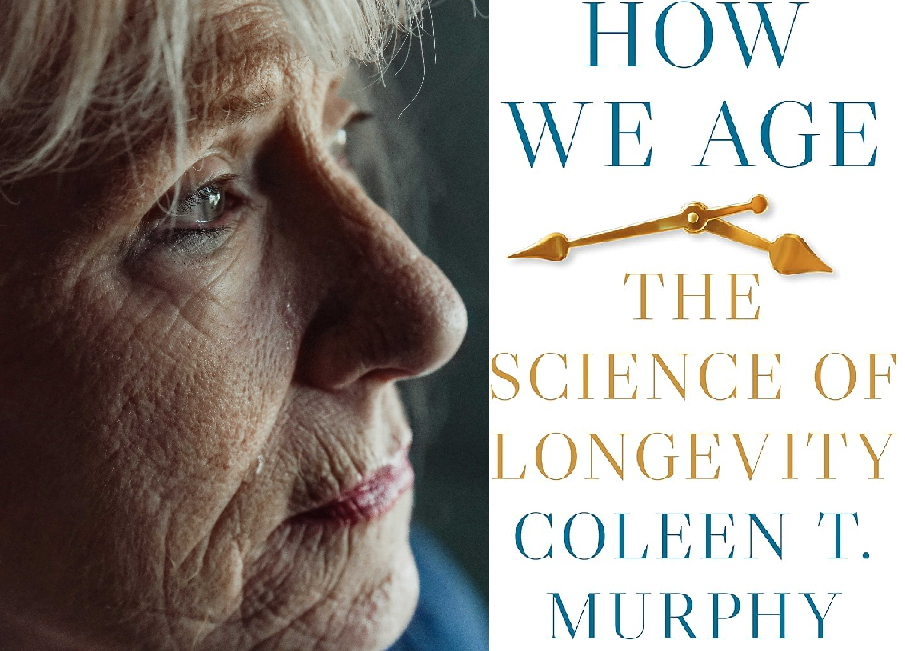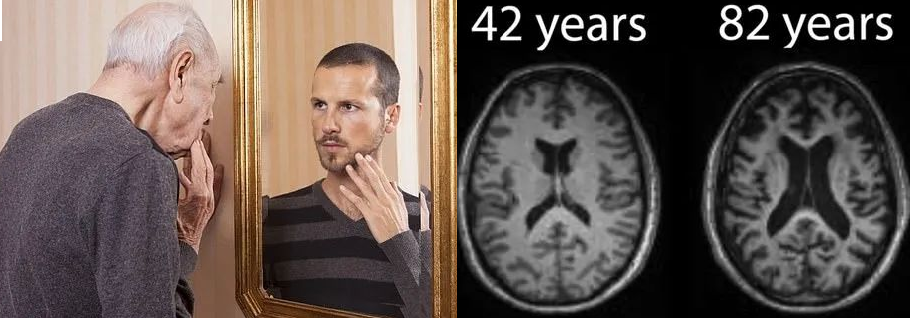Ozempic Unveiled: The Sassy Side of Science

In the dazzling world of medications, there’s a rising star that’s stealing the limelight – Ozempic. It’s not a new dance move or the latest social media sensation, but a functional peptide that’s causing quite the stir in the scientific community. So, grab your lab coats and a pinch of humor, because we’re about to dive into the realm of Ozempic and find out why it’s stealing the show!
Picture this: a group of scientists in a lab, tirelessly tinkering with molecules like mad scientists from a sci-fi movie. In this wild scientific journey, one brave soul stumbled upon Ozempic, the not-so-secret weapon against the notorious blood sugar rollercoaster.
Now, what in the world is a functional peptide, you ask? Well, it’s like a superhero on a molecular level. Imagine tiny, protein-sized warriors that swoop in to regulate blood sugar levels. Ozempic, the rockstar of these peptides, is a synthetic version of a hormone called GLP-1 (Glucagon-Like Peptide-1). GLP-1 is your body’s natural blood sugar traffic cop – it tells your pancreas to release insulin when needed and slows down the liver’s sugar production.
But Ozempic is not just any peptide; it’s the superhero upgrade, the Tony Stark of GLP-1. Scientists took the reins and tinkered with it to make it last longer in the body, ensuring it’s on duty 24/7, like a molecular bodyguard against unruly blood sugar levels.
Now, here’s the punchline – Ozempic has become the talk of the town, not just among scientists but also in doctors’ offices worldwide. It’s like the cool kid at school who everyone wants to be friends with because it makes managing diabetes a bit less daunting.
Why all the buzz, you wonder? Well, Ozempic isn’t just about keeping blood sugar in check; it’s also been moonlighting as a weight loss wizard. Yes, you heard it right – shedding those extra pounds while you manage diabetes. It’s like hitting two birds with one stone, only this stone is packed with scientific sass.
So, who’s the genius behind Ozempic’s rise to fame? Let’s give a virtual round of applause to those scientists who dared to dream of a world where managing diabetes involves a little less hassle and a lot more pizzazz.
In conclusion, Ozempic is not just a fancy name from the scientific dictionary; it’s the superhero your body didn’t know it needed. With its sassy molecular moves and dual-action prowess, Ozempic is turning heads, one blood sugar level at a time. So, next time you hear the word Ozempic, think of it as your body’s own superhero, fighting the good fight against diabetes with a dash of humor and a touch of scientific swagger.




